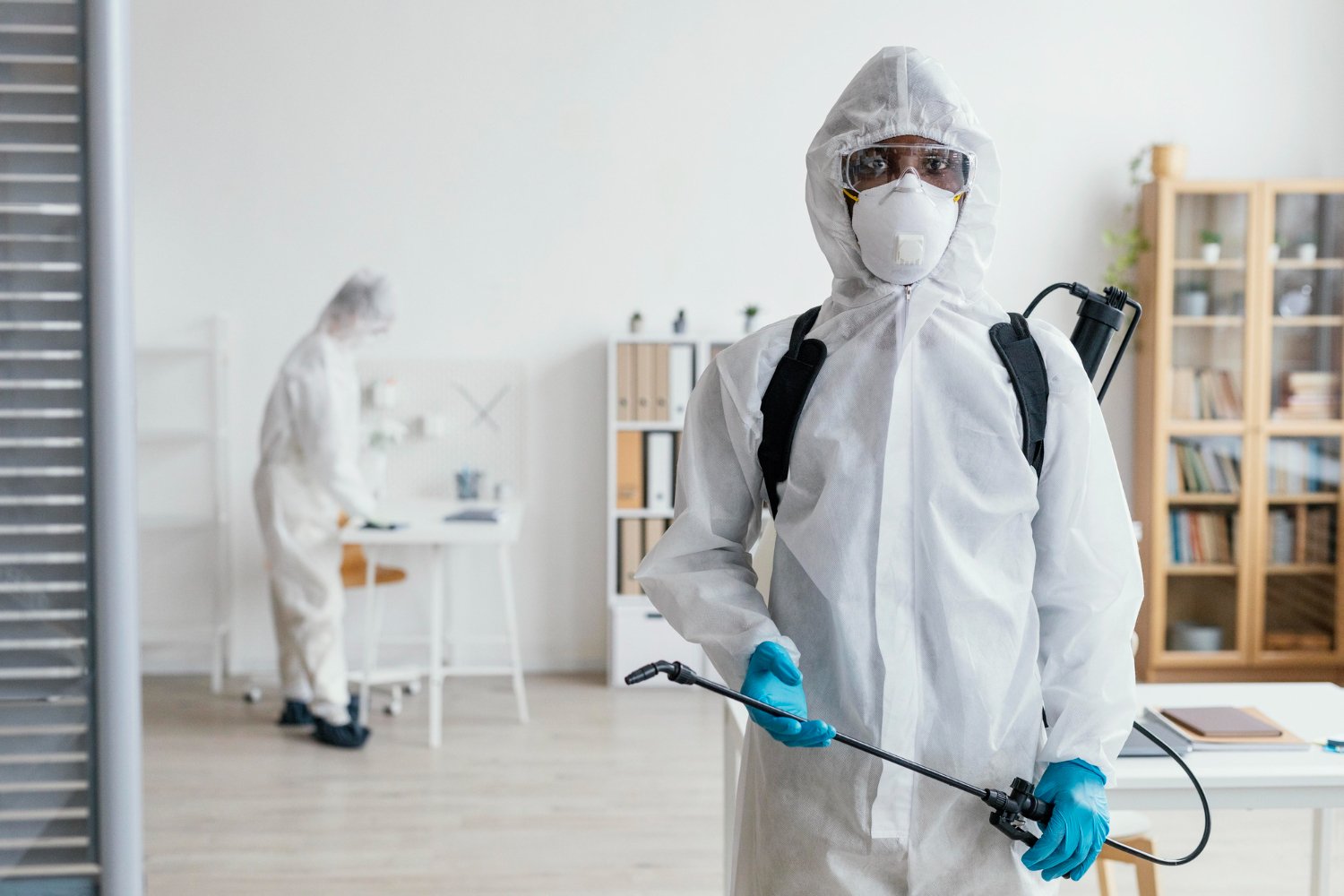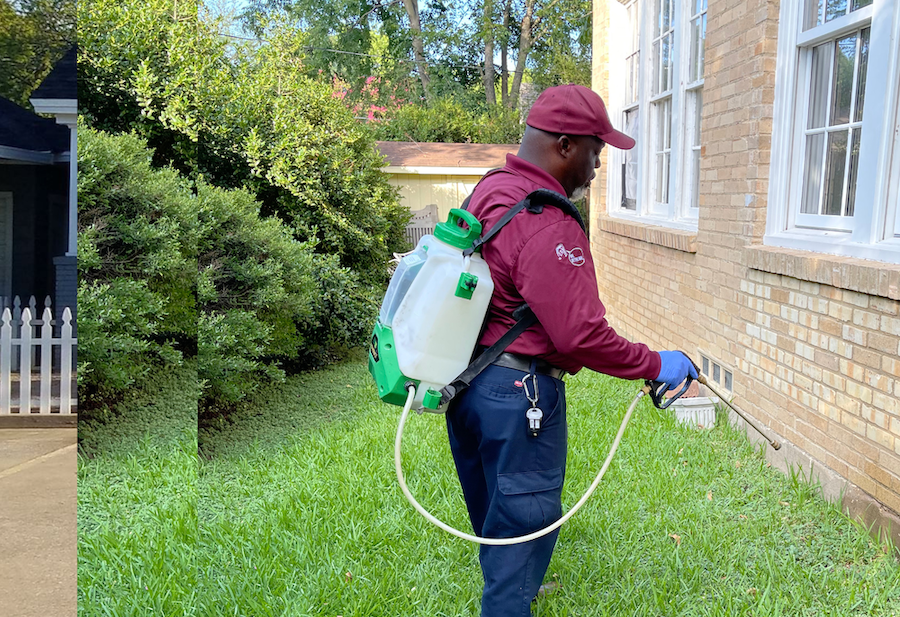Cost-effective Pest Control to protect your property from harmful pests.
Eco-Friendly Parasite Control Approaches for Handling Wildlife in Urban Locations
Urban locations usually locate themselves at the junction of human activity and wildlife, causing special challenges in bug administration. Environment-friendly techniques emphasize lasting coexistence, using strategies such as environment modification and natural repellents to minimize human-wildlife problems. These strategies not only safeguard the atmosphere but additionally enhance neighborhood engagement in wildlife management. As metropolitan populaces proceed to expand, comprehending the characteristics of wild animals communications ends up being increasingly crucial. What cutting-edge methods can be applied to ensure both environmental equilibrium and urban security? Exploring this concern exposes an engaging landscape of potential remedies.
Comprehending Urban Wild Animals Characteristics
Understanding Urban Wildlife Dynamics is necessary for creating efficient and environment-friendly bug control strategies. Urban areas are significantly ending up being environments for numerous wild animals types, driven by factors such as environment fragmentation, food availability, and human infringement. Acknowledging these dynamics permits for a nuanced approach to pest monitoring that lines up with ecological principles.
Urban wildlife often includes varieties such as raccoons, squirrels, and birds, which adjust to city settings, discovering niches in environment-friendly rooms, parks, and even suburbs. Their existence can result in problems with human beings, particularly when they make use of personnels for food and shelter. Recognizing the habits and environmental functions of these types educates methods that minimize unfavorable interactions while promoting biodiversity.
Additionally, recognizing the interdependencies within urban ecosystems helps in identifying essential locations for habitat conservation and repair. This understanding adds to the development of integrated bug administration (IPM) methods that think about the eco-friendly balance, thereby decreasing dependence on damaging chemicals. By cultivating coexistence between people and metropolitan wildlife, cities can create much healthier atmospheres that benefit both citizens and neighborhood ecological communities, leading the means for lasting city living.
All-natural Repellents and Deterrents
All-natural repellents and deterrents provide a lasting option to traditional pest control approaches by using the power of nature to keep unwanted types away. These eco-friendly solutions generally make use of plant-based components, essential oils, and various other naturally occurring materials that prevent insects without harming the environment.
One efficient natural repellent is peppermint oil, which is known to ward off rodents and insects. Its solid fragrance is undesirable to many insects, making it a prominent selection for metropolitan setups. In a similar way, vinegar and citrus peels can work as deterrents, as their strong odors are commonly unattractive to different wild animals.
Additionally, diatomaceous earth is a natural powder that can be spread in locations prone to insect task, effectively drying out and deterring bugs without posing threats to non-target varieties. In addition, garlic sprays my blog and neem oil are recognized for their capacity to ward off a vast range of parasites, including both pests and larger wild animals.
Applying these natural repellents not only reduces reliance on chemical pesticides yet also advertises a much healthier city ecological community, promoting a more balanced coexistence between humans and wild animals. By utilizing these approaches, city areas can efficiently manage insect populations while decreasing environmental influence.
Environment Modification Methods
Effective environment alteration methods play an important function in sustainable pest administration by changing the setting to make it less for pest problems. By recognizing the environmental characteristics of city areas, building owners can execute calculated modifications that discourage bugs while promoting biodiversity.
(Cockroach exterminator Port Charlotte)One key strategy involves keeping correct hygiene. This includes normal waste removal, protecting garbage can, and eliminating standing water to decrease breeding sites for bugs and rats. Furthermore, landscaping techniques such as picking native plants can boost environmental balance, supplying habitats for advantageous microorganisms while lessening sources for pests.
Another essential technique is to secure entry points in buildings. Examining and repairing cracks in structures, wall surfaces, and home windows can substantially lower bug access. Developing physical obstacles, such as fences or plant buffers, can hinder wild animals movement into human-inhabited locations.
Integrated Bug Management Practices
Building upon environment alteration techniques, integrated pest management (IPM) methods use an all natural strategy to managing parasite populaces while decreasing ecological impact. IPM integrates numerous approaches, including organic, cultural, mechanical, and chemical controls, to accomplish effective insect monitoring.
Organic control entails the introduction of natural predators or parasites to decrease insect populations. Cultural practices, such as crop rotation and hygiene, interrupt pest life process and decrease their habitats - Pest control service. Mechanical controls, like catches and obstacles, give prompt relief from insect pressures without chemical intervention
Chemical controls are made use of as a last hotel, focusing on targeted applications that restrict damage to non-target types and the setting. The option of eco-friendly pesticides, when needed, is important to the IPM framework. Furthermore, keeping an eye on bug populations and examining potential damage helps notify decision-making, making certain that interventions are prompt and effective.
Area Involvement and Education

(Bed Bug Exterminator)Workshops and informational sessions can outfit citizens with expertise regarding native species, environment conservation, and reliable safe bug management strategies. Collaboration with colleges, local companies, and government firms further boosts academic outreach, making certain that crucial details gets to varied audiences.
Furthermore, community-led campaigns, such as community clean-up days and environment repair tasks, not only advertise biodiversity yet also strengthen area ties. Pest Control. By encouraging locals to share their experiences and monitorings, areas can develop targeted techniques that address certain regional pest concerns
Integrating comments from homeowners into insect administration prepares enables a more receptive and adaptive strategy to wild animals difficulties. Eventually, educated and engaged communities are vital to attaining lasting success in eco-friendly insect control, bring about much healthier metropolitan settings that appreciate both human and eco-friendly needs.

Verdict
In final thought, environment-friendly insect control approaches deal lasting options for taking care of metropolitan wild animals. By prioritizing environment alteration, utilizing natural repellents, and executing incorporated insect management practices, neighborhoods can cultivate an unified coexistence with regional animals.